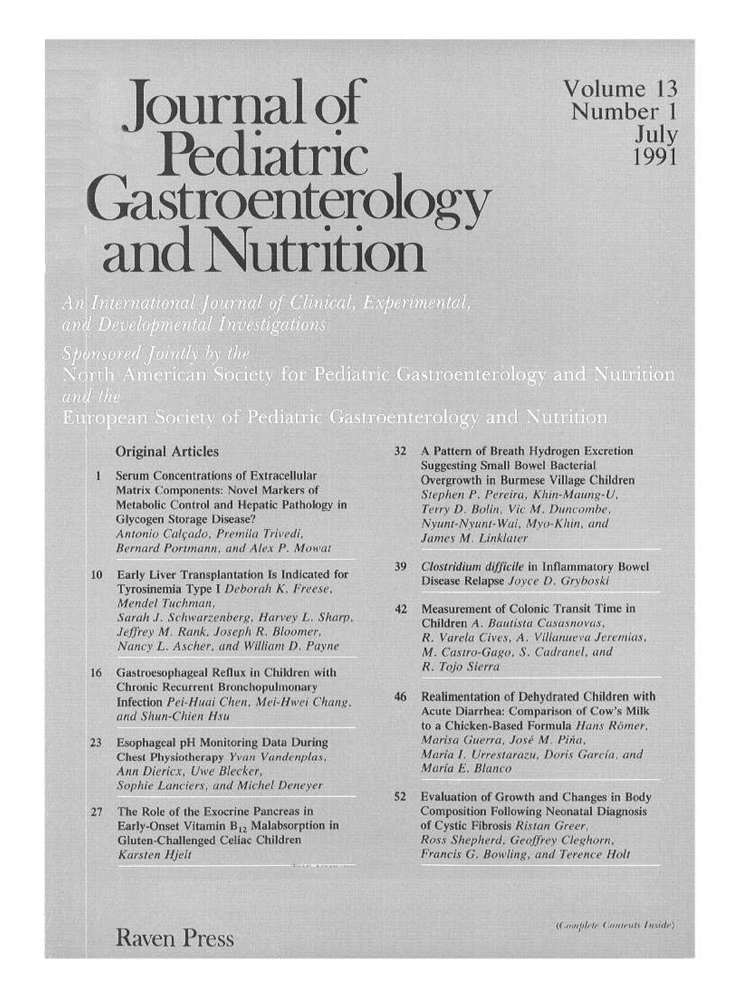Esophageal pH Monitoring Data During Chest Physiotherapy
Summary
Sixty-three infants, aged from 1 to 4 months, were examined for gastroesophageal reflux (GER) using esophageal pH monitoring. Thirty were examined because of chronic vomiting, 21 were healthy controls examined for GER as part of a screening program for sudden infant death syndrome, and 12 had an acute respiratory disease (RD). The 24-h pH monitoring data were within normal ranges in 26 infants (20 controls, 2 babies with emesis, and 4 with RD). Data were abnormal in 37 infants (1 control, 28 infants with emesis, and 8 with RD). All babies were submitted during a fasting awake period to a 30-min chest physiotherapy session. In the three groups studied, the incidence of GER episodes detected by the pH probe was significantly higher during physiotherapy if compared (a) to the calculated mean incidence during a 30-min period of the 24-h investigation or (b) to the incidence during a fasting awake period such as that during which the physiotherapy was given (p < 0.001; Wilcoxon rank-sum test). We conclude that chest physiotherapy significantly increases GER incidence. We therefore propose restricting chest physiotherapy to fasting periods. These data add to the confusion that already exists regarding the possible causal relationship between (acid) GER and respiratory disease.




